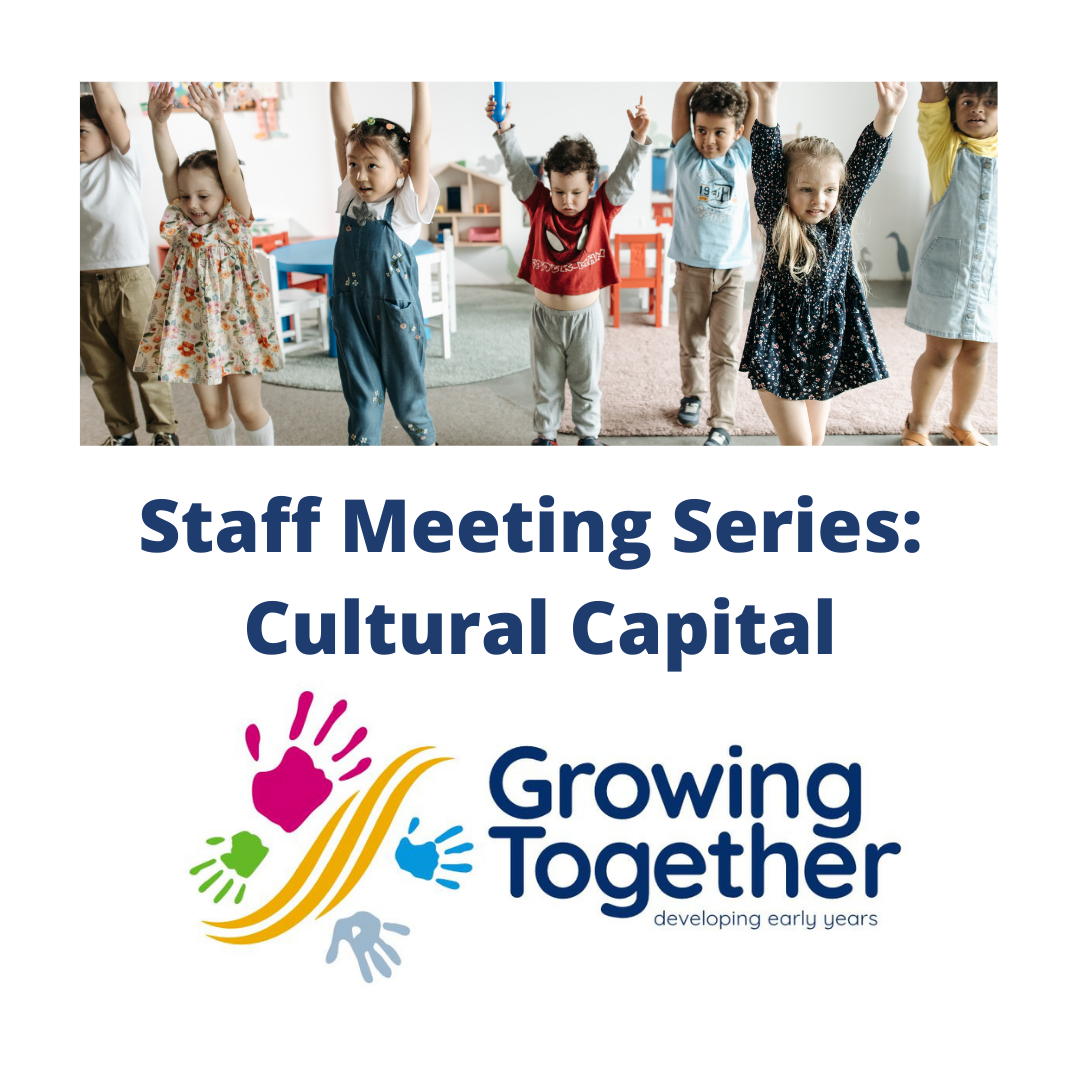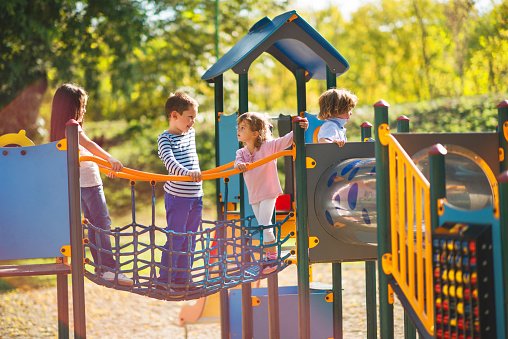5 Ways to Celebrate World Art Day
World Art Day: 15th April 2023
World art day is a celebration of art around the world, which is inclusive, powerful and diverse. Art is a form of expression in all shapes and forms that is important to who we are, our culture, our identity and our sense of self. Sharing art is powerful, it can encapsulate messages, portray emotions, share or meaning and understanding around different situations. Art can bring change, it can challenge us it can bring joy and it deserves to be celebrated!
“The purpose of art is to represent the meaning of things. This represents the true reality, not external aspects.”
Aristotle
Art is a great median for celebrating and extending children’s cultural capital. Cultural capital is the individual experiences that children bring to the classroom or the early years settings. This is personal to each children and is embedded in their life experience so far. As early years educators, we have a role to acknowledge, support and celebrate children’s cultural capital; but we also have the role of providing children with new experiences that develop and build upon the array of experiences they already have. All children deserve to have a childhood that is rich and varied with many opportunities and experiences, regardless of their background.
Below we discuss 5 ways that you can get your early years setting involved in celebrating world art day 2023.
Visiting An Art Museum
Visiting an art museum is a great way to celebrate art with children and expose them to a wide variety of different art. Check out when your local museums are open and be sure to risk assess before taking a group of children. You might also want to take clipboards, paper, pens and pencils in case your children feel inspired and want to create their own art.
2. Create Your Own Art Gallery
Display your children’s work and invite parents and carers into the setting to view the children’s very own art gallery. This can also be a great way of raising funds for early years settings charging parents a small admission fee or donation for attending the event.
3. Dance Like No One is Watching
Dancing is great for the soul, children’s development and is sure to put smiles on faces. Play music and dance, have fun, add ribbons and viols to dance with. Get those hearts pumping and those toddlers active! Not only is dancing a form of art and self expression it is also so beneficial to developing children’s physical skills, core body strength, vestibular sense and proprioception.
4. Share Poetry With The Children
Have a poem of the week or month that you share with the children. Basing small group activities, poetry telling instead of stories with the children using props and actions.
5. Puppet Show
Have a puppet show set up. Encourage the children to make up their own stories using the puppets available. Bring some early literacy and mathematics into the activity, by making tickets for the show and selling them in a pretend box office.







